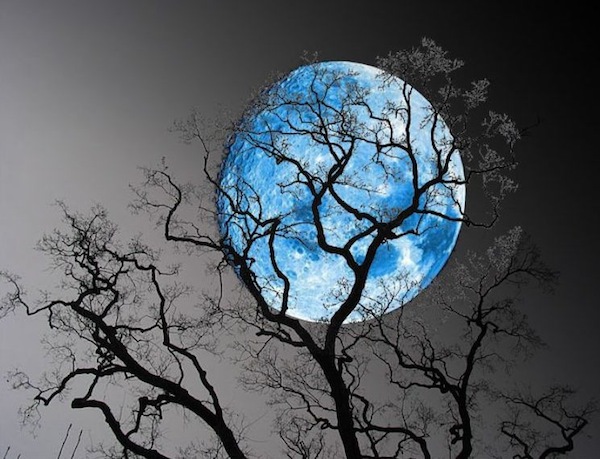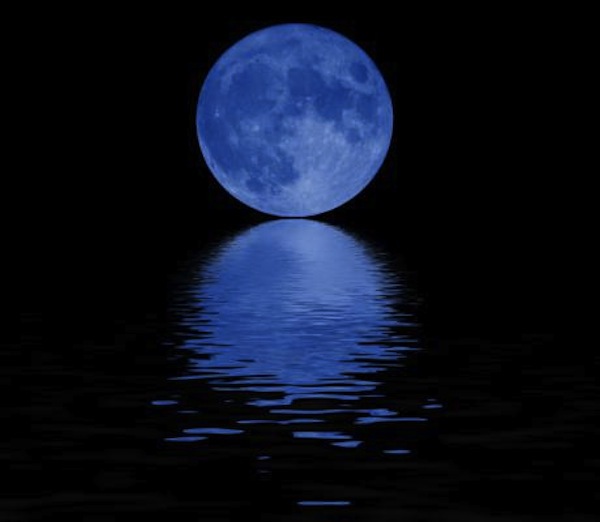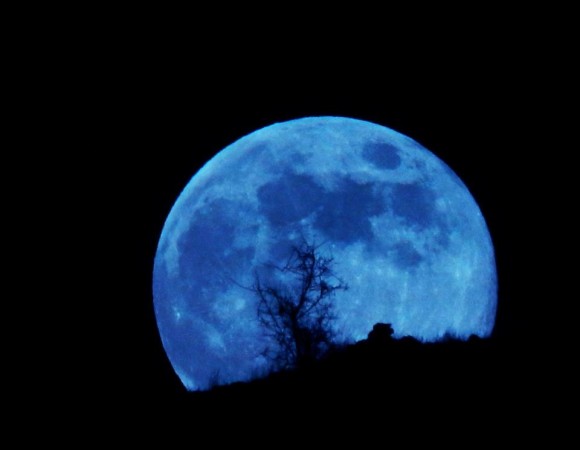This week we will have the opportunity to admire two amazing astronomical phenomena, the meteor shower and the “blue moon”.
In the last days of July here, astronomers will have the opportunity to admire the astonishing astronomical phenomenon – the Delta Aquarids meteor shower and the “blue moon” phenomenon.
Concretely, on July 28 and 29, we will wait for the Delta Aquarids meteor shower with a density of 20 streaks / hour and will admire the phenomenon of “blue moon” on July 31.
1. Delta Aquarids meteor shower with a density of 20 streaks / hour
The Delta Aquarids meteor shower will take place on July 28-29. The Delta Aquarids meteorite was born from the tiny dust left by Comet Marsden and Kracht as it approached the Sun.
As the Earth passes, its gravitational pull pulls many small asteroids into the atmosphere and ignites, forming trails of light called meteors.
The Delta Aquarids will take place between 2 a.m. and before dawn. However, this meteor shower is considered small, peaking at only 15 to 20 streaks / hour.
During this time, the peak hour of the phenomenon falls on a full moon night, so it will become more difficult to observe. To observe this phenomenon, the observer only needs to use the naked eye, without the aid of astronomical instruments.
2. The phenomenon of the “blue moon”, but the moon is not blue
Hearing “blue moon” many people mistakenly think our moon will be blue. But the truth is, the Moon is still the same color as usual, maybe gray – white.

“Blue Moon” is basically a term people coined to refer to the phenomenon of the full moon twice a month, normally a full moon is only once a month.
We know that, normally, there are 12 full moons each year corresponding to 12 months. But because the Moon revolves around the Earth in 29.5 days and the months in a solar calendar have 30 or 31 days, each calendar year is 11 days longer than the lunar year.

According to photos taken by the U.S. Aerospace Agency NASA, the true color of the full moon’s surface for the second time this month is gray-white.
The color of the Moon is rarely seen by humans, however, sometimes due to the refraction of light by smoke and dust scattered in the air, the Moon is pale blue.
 The image of the “blue moon” in Oman in August 2012.
The image of the “blue moon” in Oman in August 2012.
In 1883, the Krakatoa volcano in Indonesia woke up, spraying ash into space and giving the Moon a blue or green color.
Ash from Krakatoa volcano causes dust particles of about 1 micron to cover the cloud. They are tiny but enough to absorb red light and let other colored lights pass through.
Therefore, the white light of the Moon, when it penetrates through the clouds, will be blue, sometimes green.

In addition, experts have also stated that the Moon is essentially as round as many times as it goes to the point of symmetry with the Sun, as every 15th and 16th night of the lunar calendar as we can observe.
In some areas, the air is polluted with emissions or volcanic eruptions – due to refraction of light in the atmosphere, the Moon can also have a blue glow even though it is not a circular phase.
After the phenomenon of the “blue moon” on July 31, it will not be until January and March 2018 that we will have the opportunity to admire this astonishing astronomical phenomenon.


